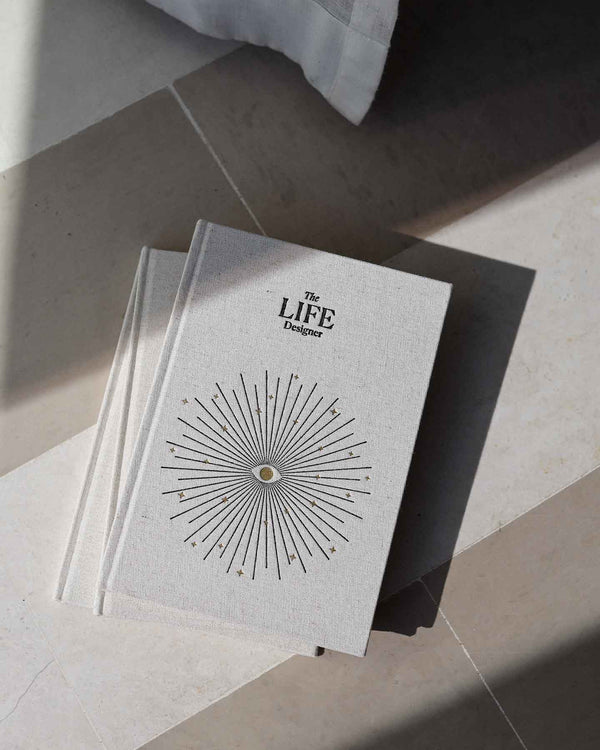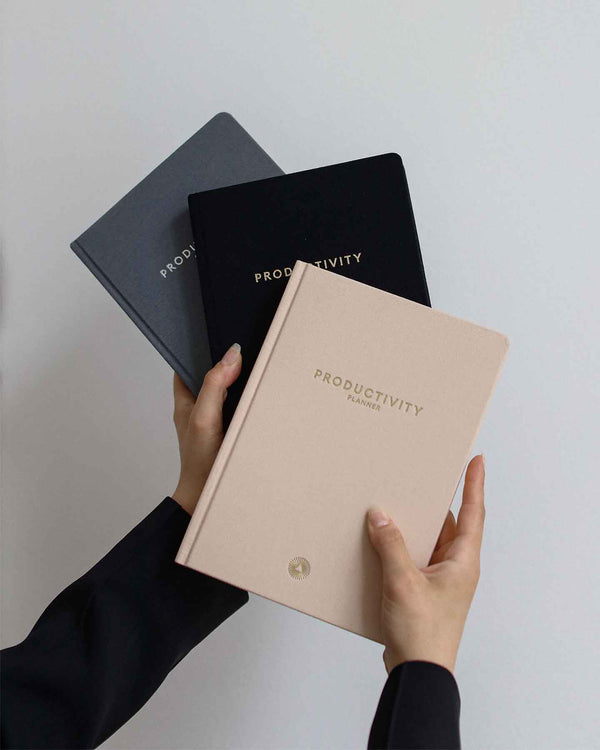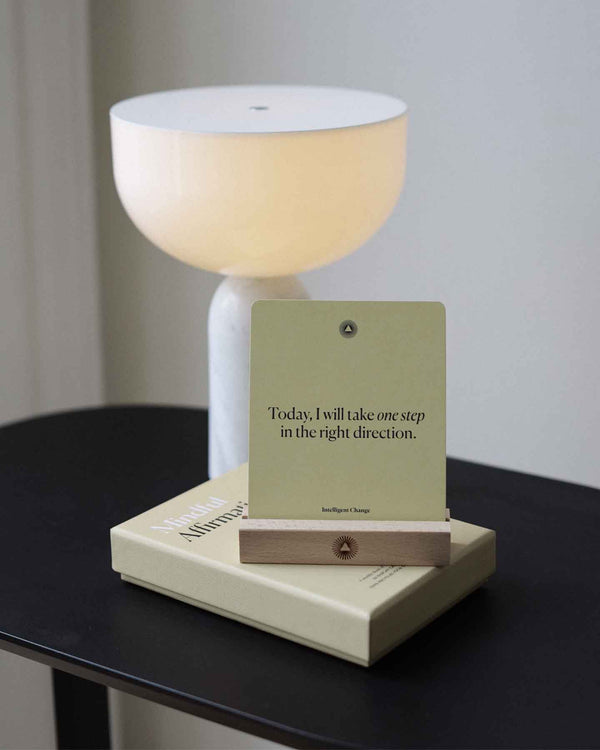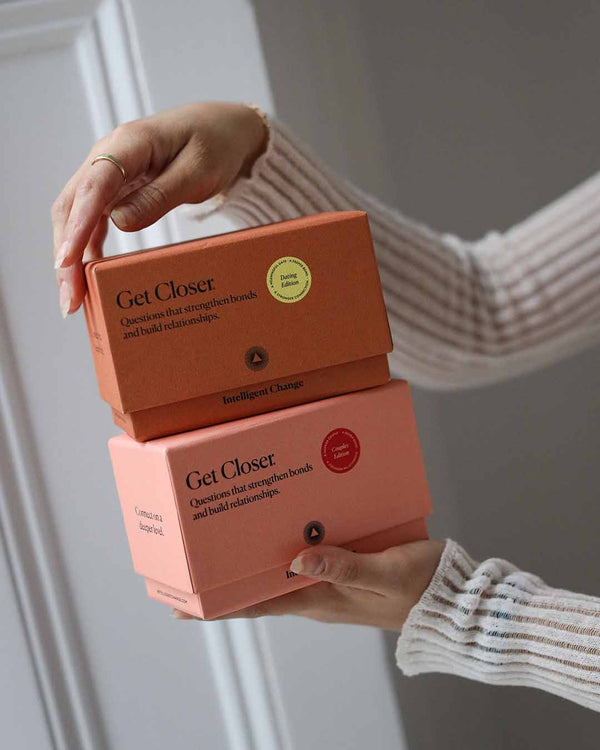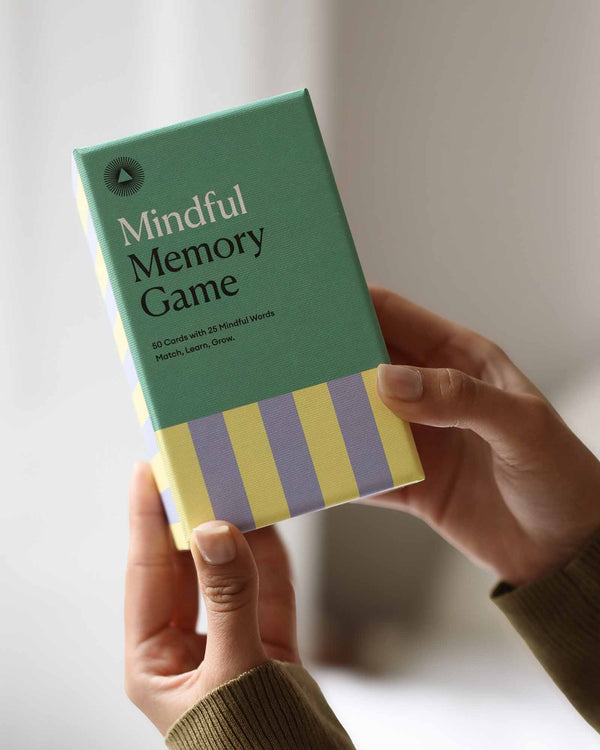How to Write a Gratitude Letter to a Friend or a Loved One
by Intelligent Change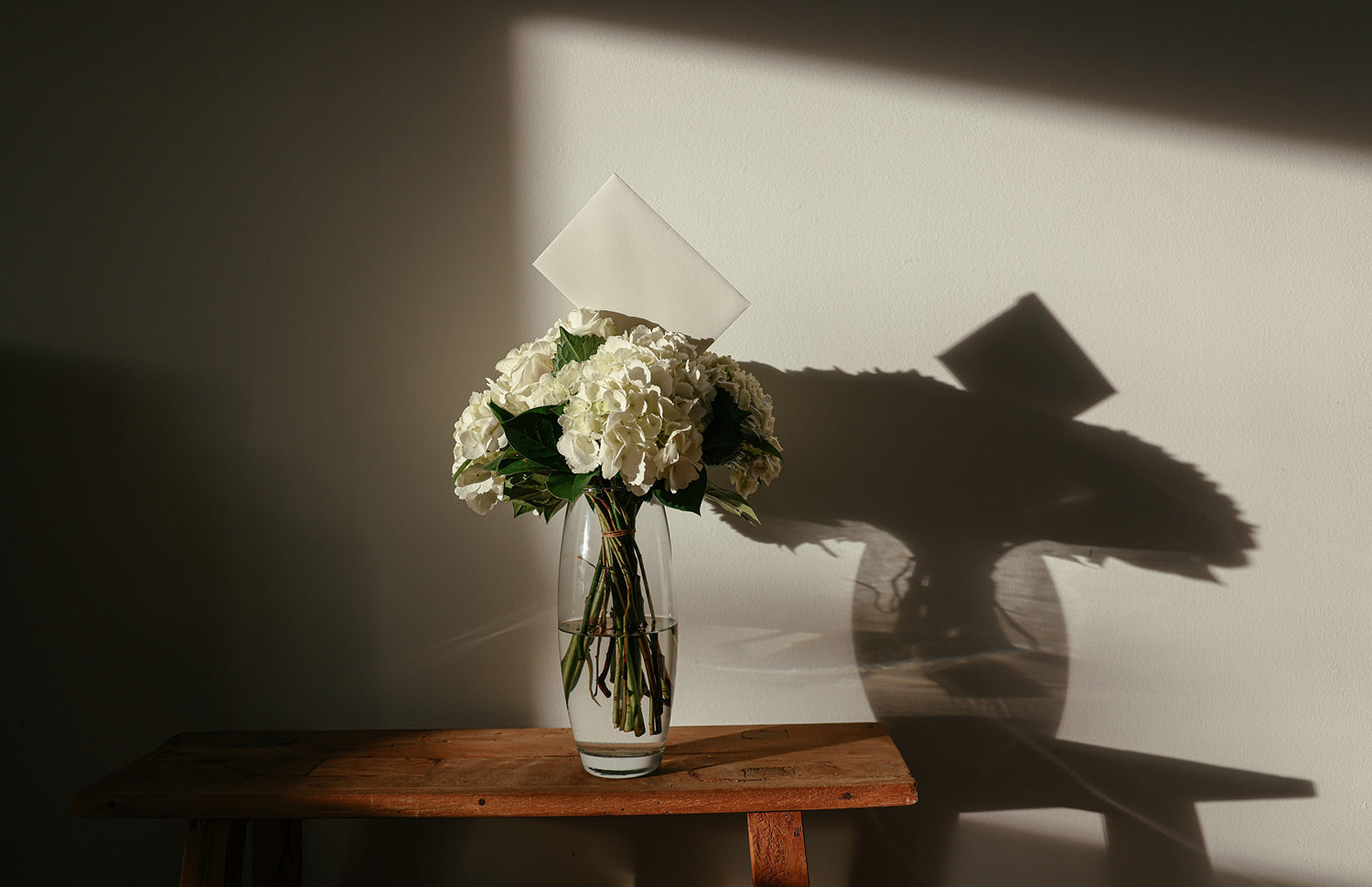
So you’ve been keeping a gratitude journal for some time now and you’ve discovered the amazing benefits of gratitude. Perhaps the time has come to share the joy of gratitude with people that you love.
Gratitude letters have been a thing for quite some time now. One of the first scientists to research the therapeutic effects of gratitude letters was Dr. Martin E.P. Seligman from the University of Pennsylvania. He discovered that writing and delivering gratitude letters on a weekly level could skyrocket happiness levels among his participants almost immediately, and the benefits would outlast any other intervention.
What’s So Special About Gratitude Letters?
The writer of the letter is not the only one benefiting from its magic–on the contrary. The recipients of thank you letters are affected even more than we think.
In a series of experiments, Amit Kumar and Nicholas Epley asked the participants to write gratitude letters to people that have touched their lives deeply but haven’t been properly thanked for that. The senders were also asked about their opinion on how much the letter will affect the recipient. When the researchers contacted the recipients, they discovered that the senders vastly underestimated the positive effects of their letters.
Another study published in 2020 revealed that the benefits of thank you letters exceed one-on-one communication: they can improve the dynamics for entire groups of people. A group of researchers led by Sara Algoe discovered that merely witnessing the act of gratitude also had a profound effect on people.
“When people witness an expression of gratitude, they see that the grateful person is the kind of person who notices when other people do kind things and actually takes the time to acknowledge them, meaning, they’re a good social partner.”
Steps to Writing a Gratitude Letter
If you want to acknowledge how grateful you are or if you feel like a person you care about, like a friend, colleague or a partner, is going through a conundrum and could use a bit of support, you should send them a gratitude letter. It boosts self-confidence, deepens the relationship between the sender and the recipient, and sheds light on perhaps forgotten, yet beautiful experiences you’ve had together.
We’ve compiled this list of things to consider when writing a gratitude letter:
Pick the Recipients
Decide on whom you want to address your letter to. Do not write a generic letter that you’ll forward to several people by only changing their names in the header. Highly personalized letters are the best way for both you and the recipient to benefit the most from gratitude.
The simplest way to pick a person to write a gratitude letter to is to ask yourself this: is there someone who has made a significant impact on my life that I’ve never properly thanked for? It could be a friend, family member, teacher, mentor, or someone from work.
You can also choose a person you haven’t seen nor thought about in a while. Some people might think that after years have passed, it would be awkward to contact the person again or bring up the topic. Yet, as the previously mentioned research has revealed, in most cases, it isn’t.
If you’re not sure who are the people you should write your letter to, try to remember the days when you spent self-isolating and ask yourself: who were the 3 or 5 people you missed hugging the most?
What to do if the recipient is no longer alive?
It’s desirable that you choose someone who can respond to the letter, but if you feel the need to address one of your letters to a person who is no longer with us, why not? They won’t be able to reply, but you will discover a therapeutic benefit from writing this letter, as it will ease your soul and help you reintegrate the past experience with that person.
Choose the Medium
Some people prefer keyboards over pens and pencils, but, on some occasions, longhand writing has its own special touch. Writing a personalized thank you letter to a person dear to you is definitely one such occasion.
The same way, when you fill out The Five Minute Journal using your favorite pen while thinking about the amazing things you are grateful for that day, the experience becomes more intimate and stays with you longer.
Longhand writing vs keyboard typing

Apart from the fact it’s more intimate and personal, there are other benefits to longhand writing a gratitude letter.
First, you may find it far more inspiring and mindful. You are creating an inscription with your own hand. As you move the pen over the paper, a clear trace of ink remains, while it’s a bit more abstract and generic when you type. The process of hitting the letters on the keyboard doesn’t naturally correspond with the final product, making the process a bit drier.
Another reason is that longhand writing requires preparation. You need to spend some time thinking about what you want to say and consolidate your thoughts, while that’s not the case with the digital letter. You can write and delete an endless number of times in a word document, but that’s not the point of the gratitude letter. A gratitude letter shouldn’t be a trial-and-error process you go through until it sounds nice. It should be a fully conscious process led by a clear idea and intent.
If you still wish to proceed with typing, that’s fine, however, make sure to print and pack the letter in an envelope. You can even decorate it by adding a photo or other details you come up with.
Create a Narrative
A gratitude letter is more than a simple “thank you for being there for me” card. It’s part of a broader narrative of a highly personal relationship you have with the recipient.
To create more context, reflect on these questions:
- When did you and the recipient meet?
- What are your first memories of your relationship?
- What was your life like back then?
- What has the recipient done for you?
- Why and at what cost?
- How did that make you feel?
- What do they mean to you?
The Writing
Now that you have a clear vision and idea of what you want to tell, it’s time to start writing!
You may like to begin by stating why you are writing the letter. Perhaps something happened in your life that made you realize that you haven’t thanked the recipient when it was time to do so, or you’ve just celebrated a milestone that made you think about them. Maybe you read an article or a book that inspired you to reach out to people that left a positive trace on your life. This kind of introduction statement is a good start.
Yet, if you don’t feel like going too much into details, you can simply state what you are grateful for. You can continue by expressing why and how they made an important impact on you, and how they made you feel when you spent time together. Perhaps this kind of honesty requires some courage, but, on the other hand, you’ve had the courage to initiate this process and openness is the key here.
Use Your Own Style
Just because you’re writing a letter, that doesn’t mean you have to get official. The gratitude letter writing process should be simple–write as you speak and think. If you naturally use irony, sarcasm, or humor relief, feel free to include them in your letter.
Don’t worry too much about grammar, just like you don’t when you chat with someone. In other words–don’t overthink it. This is a letter of sincerity, not a literary piece competing for a writers’ award.
If you and the recipient had instead met in a bar, what would you say then? If, for some reason, you get anxious about what to say and how, remember that, most likely, the recipient won’t be reading the letter thinking: “oh, this sentence doesn’t sound very nice” or “oh, here’s a grammar error, ha-ha, caught it!” They will much more likely think something like: “this is nice” or “oh, here come the tears, this is very touching”.
Feel free to write either a traditional letter with your thoughts poured into sentences, or to add bullet-point lists, illustrations, and so on. Find your style.
Finish with a Compliment
When you reach the end of the letter, make sure to compliment the recipient somehow. Tell them how you will always remember them, what they mean to you, or notice and underline a good personality trait they possess. You can also suggest for you two to meet again.
Keep a Copy to Yourself
Just like the recipient will probably put your letter in a memory box, you could do that too. Take a photo and save it in a special folder, or make a photocopy you can save in your memory box. If you decide to send a lot of these letters, you can later compile a gratitude-letter-set with nice covers, pictures, and additional commentary.
If Possible, Deliver the Letter in Person
In case you and the recipient still live in the same town/area, it would be best if you could deliver the letter in person. Such an act adds a bit to the intimacy in contact and underlies the importance of the letter.
If this is not the case, and you simply can’t plan a visit to the recipient, we strongly recommend sending the letter via traditional mail–through the post office. You’ll probably agree that receiving an envelope addressed to your name is much more exciting and emotional than receiving an email.
Steps to Writing a Gratitude Letter: Summary

- Choose who you want to sincerely thank in your life–someone who has made a positive impact and has never received a proper “thank you” for that;
- Choose the medium of communication–we recommend writing a letter by hand, but typing works, too;
- Think about the recipient–what do they mean to you, what you are grateful for to them, how they have impacted your life;
- Open your soul, and don’t be afraid to go into detail;
- Worry less about grammar, spelling, and style, and more about the message you’re trying to convey;
- After writing the letter, analyze your feelings, sit with them for a while;
- Keep a copy of the letter for yourself as well, as you’d want to return to it at some point in the future.
Final Words
Writing a gratitude letter is by far one of the best ways you can surprise someone dear to you. Recapitulating a positive past experience with a person who did something great for you in the more or less recent past is beneficial for both you and the recipient.
Keep in mind: good deeds are addictive. It will start with you and that one recipient, but, as you discover the joy of sharing your gratitude, you may find it hard to stop afterward.





